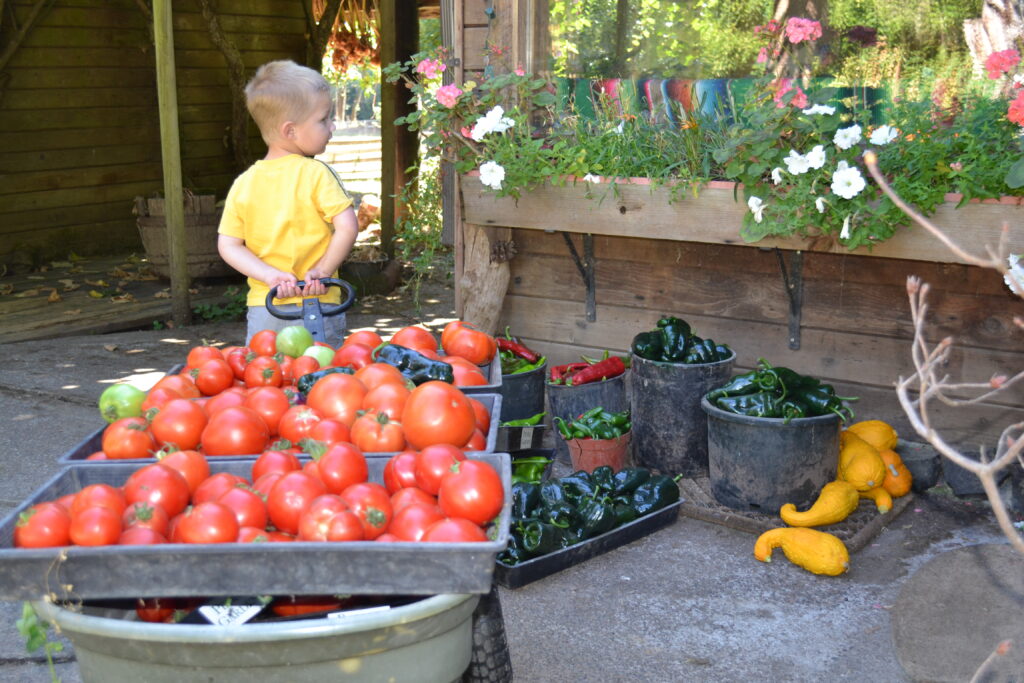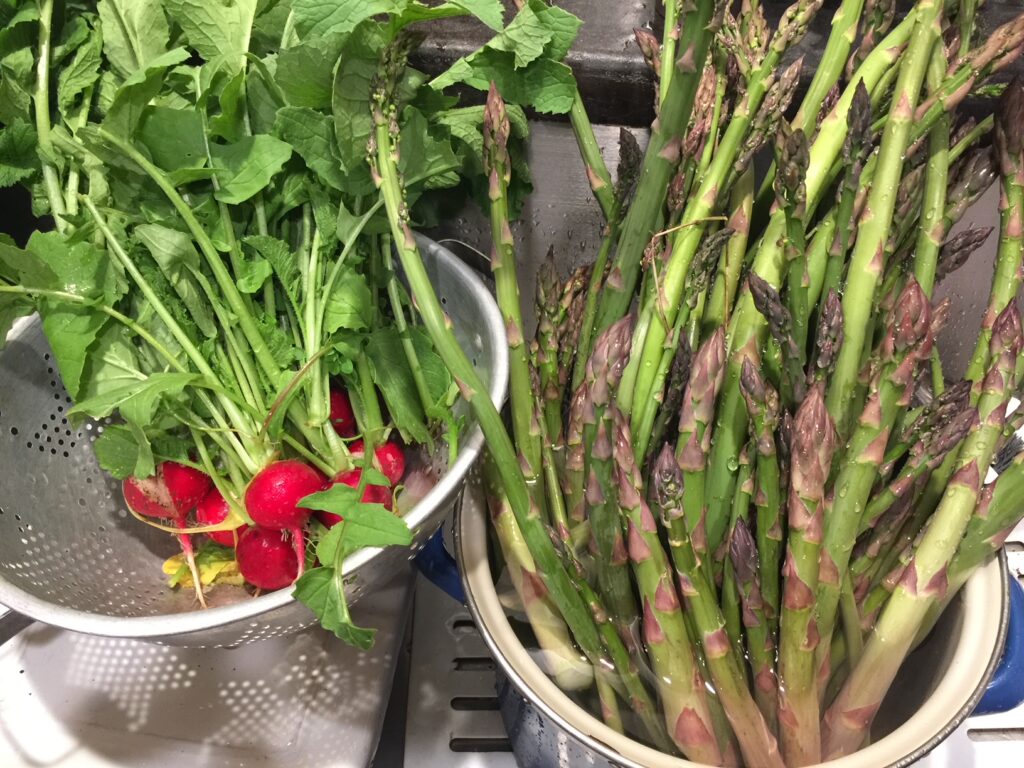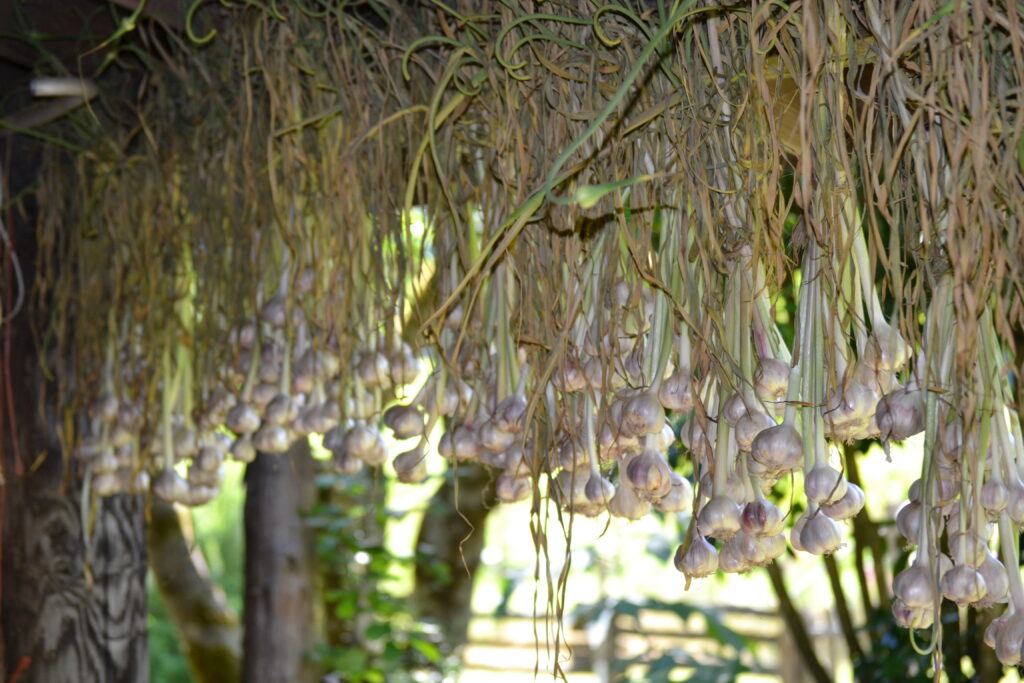Favorite summer veggies from the farmer’s garden
Summer is a vibrant season for vegetable farming in most areas of the U.S., with a variety of produce thriving in the warm weather. While you should ask before arrival if you can have or buy veggies from the farmer’s garden, you might also ask what is in season as different parts of the county vary in seasonality.
Here are some of the most common vegetables farmers grow during the summer months, inspired by the offerings from various farms listed on Farmstay.
1. Tomatoes (of course!)
Tomatoes are a quintessential summer crop, appreciated for their versatility in salads, sauces, and salsas. Farms like Scurlock Farms in Texas often produce hundreds of pounds of tomatoes during the summer. This popular vegetable thrives in the heat, making it a staple in summer gardens.

2. Squash and Zucchini
Squash and zucchini are prolific summer vegetables that grow quickly and abundantly. They are easy to cultivate and can be used in a myriad of dishes, from grilled vegetables to baked goods. The joke in the countryside is to not leave your car unlocked or you may find it anonymously loaded with squash.
Stony Creek Farmstead in New York grows significant amounts of these and other organic vegetables and herbs, contributing to their diverse farm stand offerings. They even have pizza nights in summer with the freshest of toppings!
3. Peppers
Peppers, including bell peppers and hot varieties like jalapeños, flourish in the summer sun. The warm weather helps them develop their sweet or spicy profiles, making them a favorite among farmers. The hotter the location, the hotter the pepper. Our favorites: Big Jim’s and Poblanos from New Mexico. Find these locally when you stay on a farm in the Southwest with its spicy Hispanic palate.
4. Cucumbers

Cucumbers are another summer favorite, perfect for sandwiches, fresh salads and pickling. They require warm temperatures and plenty of water, and they grow rapidly during the peak of summer. Farms across the country often dedicate significant space to cucumber cultivation. Brunner Family Farm in California highlights their permaculture practices, farming their 10 acres organically and selling at their local farmers markets, including cucumbers as a summer crop.


Of course, there are plenty of other vegetables that fill both the garden and then later the pantry as canned salsas and sauces, pickles and pastes.
Remember that lettuce, spinach and peas are cooler crops. Radishes and asparagus are early spring crops. Tomatoes, beans, chiles, onions, cabbage, corn and beets like to be hot. Broccoli will bolt if you don’t keep an eye on it, as will your cilantro. Potatoes don’t need to be dug up all at once. The same goes for carrots which can do fine staying in the ground for a bit. Onions and garlic need to be dried in the sun to last through the winter. Herbs tend to love the heat but most will die off with the first cold snap.
Varieties vary by region around the country so make sure for your own garden that you buy seeds for what grows best in your climate. Maybe even ask your local farmer or farm stay host for suggestions!
Want to stay on farms that have a farmers market business too? Depending on location, they may be selling more than veggies too. Take a look at these to see if there is one in your area: farm stays with a farmers markets booth.
Let’s end with an incredibly simple recipe a friend made to accompany Happy Hour. To say it was gone in a minute would be an understatement. It uses some of the vegetables above and a few others not reviewed but loved all the same.

Baked Feta Cheese and Vegetables Hors-d’oeuvre
Preheat oven to 425
Cut up veggies (e.g. red onions, cherry tomatoes, peppers, artichoke hearts, olives) and place in cookware suitable for baking in the oven
Place two blocks of feta cheese in the middle of a baking dish
Drizzle all over with olive oil . Sprinkle oregano. Bake for 20 minutes. The cheese should have a bit of a crust and the vegetables should be lightly cooked through.
Serve with crackers or toasted pita chips.
(I made up the name which is more descriptive of what’s in it than how good it tastes)